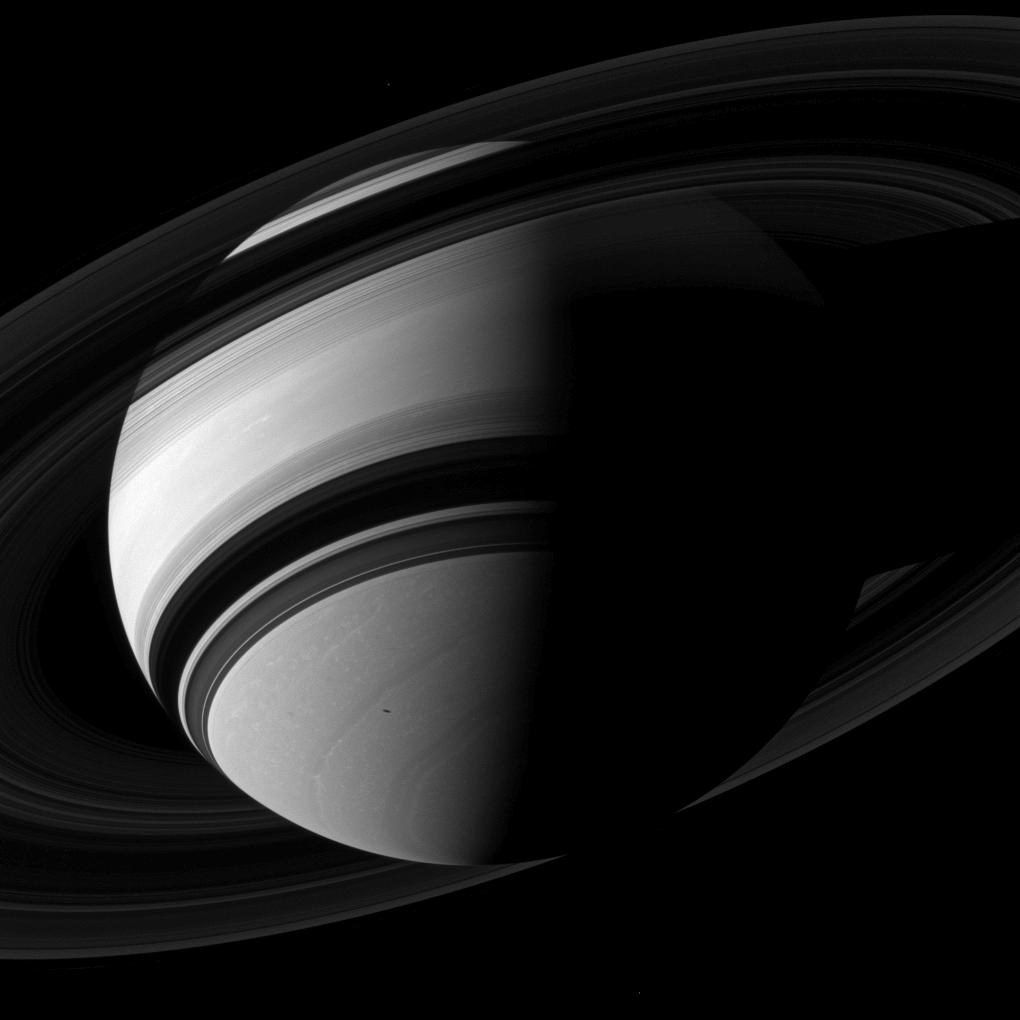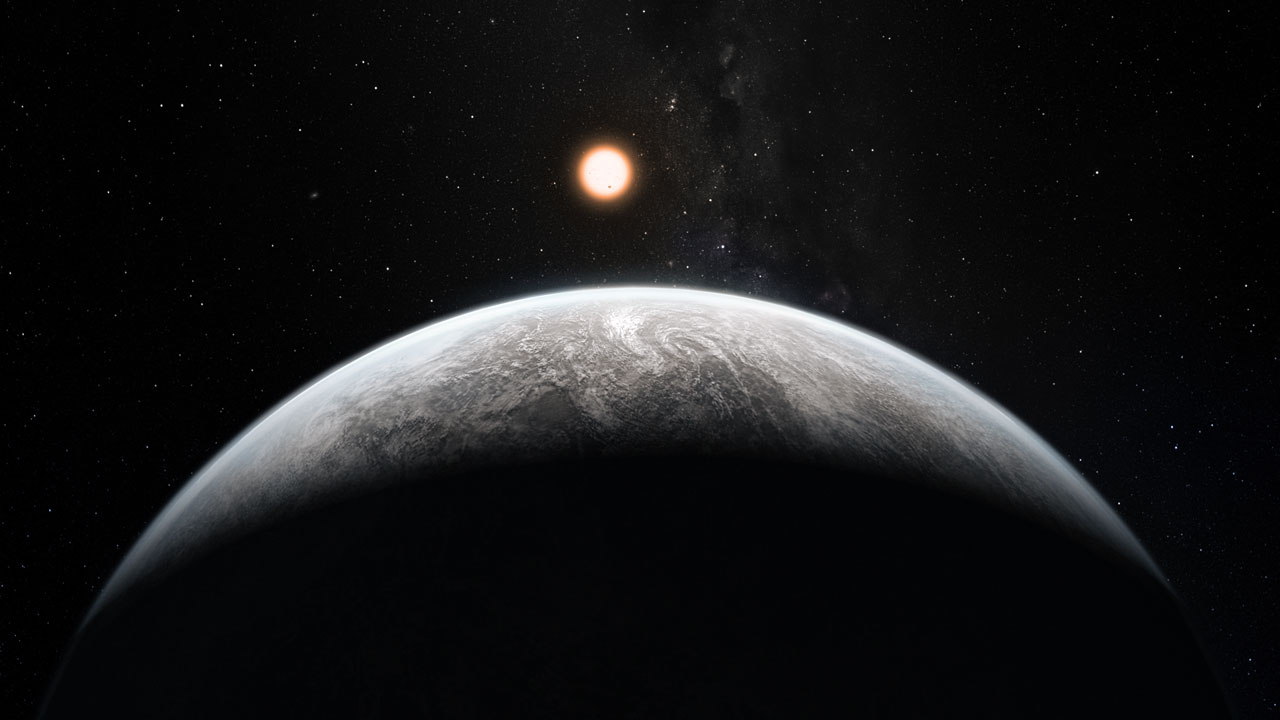Saturn's Age-Defying Secret Discovered

As planets age, they typically become cooler and darker, but astronomers have long wondered why Saturn, one of the largest planets in the solar system, appears to be bucking the trend. Now, researchers are beginning to understand how the ringed planet manages to stay warm and bright.
A new study, led by astronomers at the University of Exeter in the United Kingdom and the Ecole Normale Supérieure de Lyon in France, discovered physical instability inside the planet creates layers of gas that keep the heat in, the researchers said. This explains why Saturn is not cooling at the rate scientists expect for a planet of its age.
"Scientists have been wondering for years if Saturn was using an additional source of energy to look so bright, but instead our calculations show that Saturn appears young because it can't cool down," Gilles Chabrier, a professor in the department of physics and astronomy at the University of Exeter, said in a statement.
Heat moves across Saturn's various layers of gas, but rather than dissipating into space, the layers act as a warm blanket for the ringed planet.
"Instead of heat being transported throughout the planet by large scale (convective) motions, as previously thought, it must be partly transferred by diffusion across different layers of gas inside Saturn," Chabrier said. "These separate layers effectively insulate the planet and prevent heat from radiating out efficiently."
Similar thermal processes can be found in Earth's oceans, in which warm, salty water sits beneath cooler waters with less salinity, the researchers said. In this type of layered convection, the denser, salty water stops vertical currents from forming, which stops heat from traveling upwards, penetrating the different layers.
The findings of the new study suggest that giant planets may have more complex thermal histories than scientists previously thought.
Get the Space.com Newsletter
Breaking space news, the latest updates on rocket launches, skywatching events and more!
Saturn is the sixth planet from the sun, and the second largest planet in the solar system. The gas giant is primarily made up of hydrogen and helium.
The results of the new study were published online April 21 in the journal Nature Geoscience.
Follow Denise Chow on Twitter @denisechow. Follow us @Spacedotcom, Facebook or Google+. Originally published on SPACE.com.
Join our Space Forums to keep talking space on the latest missions, night sky and more! And if you have a news tip, correction or comment, let us know at: community@space.com.

Denise Chow is a former Space.com staff writer who then worked as assistant managing editor at Live Science before moving to NBC News as a science reporter, where she focuses on general science and climate change. She spent two years with Space.com, writing about rocket launches and covering NASA's final three space shuttle missions, before joining the Live Science team in 2013. A Canadian transplant, Denise has a bachelor's degree from the University of Toronto, and a master's degree in journalism from New York University. At NBC News, Denise covers general science and climate change.
